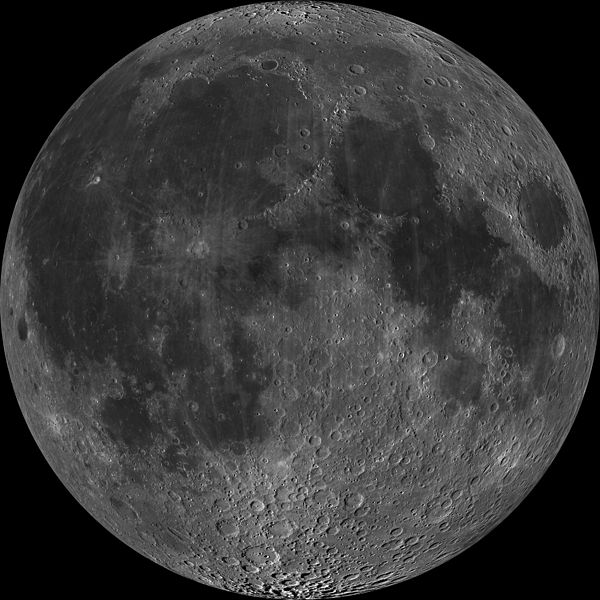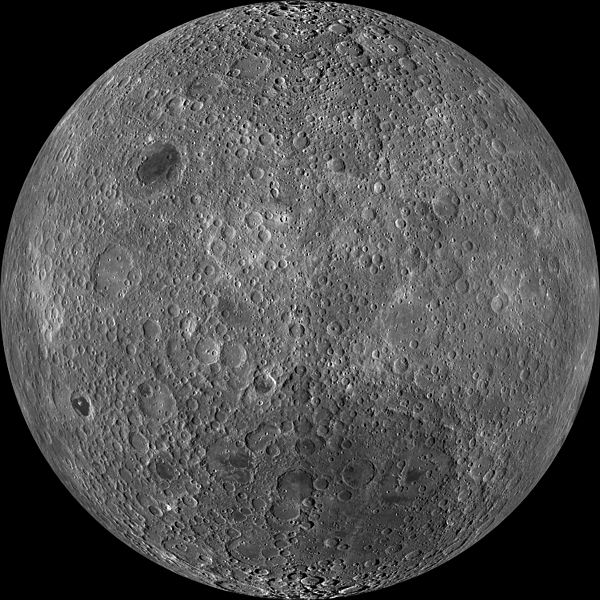Giovanni Battista Riccioli
Giovanni Battista Riccioli, SJ was an Italian astronomer and a Catholic priest in the Jesuit order. He is known, among other things, for his experiments with pendulums and with falling bodies, for his discussion of 126 arguments concerning the motion of the Earth, and for introducing the current scheme of lunar nomenclature. He is also widely known for discovering the first double star. He argued that the rotation of the Earth should reveal itself because on a rotating Earth, the ground moves at different speeds at different times.
Giovanni Battista Riccioli
Riccioli as portrayed in the 1742 Atlas Coelestis (plate 3) of Johann Gabriel Doppelmayer.
The crescent phases of Venus and detailed representations of its appearance as seen through a telescope, from Riccioli's 1651 New Almagest.
Frontispiece of Riccioli's 1651 New Almagest. Mythological figures observe the heavens with a telescope and weigh the heliocentric theory of Copernicus in a balance against his modified version of Tycho Brahe's geo-heliocentric system, in which the Sun, Moon, Jupiter, and Saturn orbit the Earth while Mercury, Venus, and Mars orbit the Sun. The old Ptolemaic geocentric theory lies discarded on the ground, made obsolete by the telescope's discoveries. These are illustrated at top and include phases of Venus and Mercury and a surface feature on Mars (left), moons of Jupiter, rings of Saturn, and features on the Moon (right). The balance tips in favor of Riccioli's "Tychonic" system.
Selenography is the study of the surface and physical features of the Moon. Like geography and areography, selenography is a subdiscipline within the field of planetary science. Historically, the principal concern of selenographists was the mapping and naming of the lunar terrane identifying maria, craters, mountain ranges, and other various features. This task was largely finished when high resolution images of the near and far sides of the Moon were obtained by orbiting spacecraft during the early space era. Nevertheless, some regions of the Moon remain poorly imaged and the exact locations of many features are uncertain by several kilometers. Today, selenography is considered to be a subdiscipline of selenology, which itself is most often referred to as simply "lunar science." The word selenography is derived from the Greek word Σελήνη and γράφω graphō, meaning to write.

"Lunar Day," from the book Recreations in Astronomy by H. D. Warren D. D., 1879. Later study showed that the surface features are much more rounded due to a long history of impacts.
A study of the Moon from Robert Hooke's Micrographia of 1665
Lunar near side
Lunar far side








